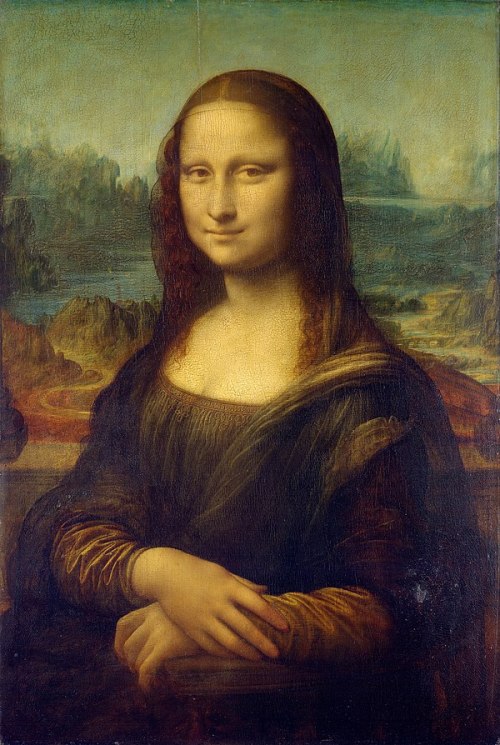A Word on NFTs
Artists and authors are issuing non fungible tokens (NFTs) for their work. The market price of these has exploded and bids are currently at $2 million for Jack Dorsey’s first tweet. A lot of people seem to think that it is completely insane to spend money for something that is freely copyable. Why would anyone pay if you can simply go to Twitter and see the tweet there? Screenshot if you want to?
The underlying misconception here is to think that in the digital world copies are indistinguishable from originals. In a trivial sense this is true. Let’s say you copy a digital artwork, you will now have exactly the same bit sequence as the original. But in a much more profound sense it is not. To understand that it helps to follow a thought experiment.
Put yourself 100 years ahead. We have made further progress in sensors and in 3D printing. You visit the Louvre, hold up your phone and take depth scan of the Mona Lisa. It captures not just the visible light at the top but also every layer underneath it. Back home you feed this into your advanced multi materials printer and it produces a perfect replica of the Mona Lisa. Admittedly, it would have to be quite advanced because it needs to deposit atoms at a time including specific isotopes (used for dating objects), but there’s nothing in principle standing in the way of this.

Do you now own the Mona Lisa? No, you have a copy of it. Even though your copy is now identical to the original. Imagine for a moment trying to sell it.
You: I am selling the Mona Lisa
Buyer: You mean the one that’s hanging in the Louvre?
You: Well, …
As long as a buyer can easily call up the Louvre and ask them if they still have the Mona Lisa and they can credibly assert that they do, your copy will be worth very little. Basically in the world I am describing it will be worth the cost of the materials and the printing process.
Now note something even weirder. In the middle of the night, the curators from the Louvre break into your place and swap their Mona Lisa for yours. So you now have the one that Leonardo painted, but which courtesy of advanced technology described above, is indistinguishable from the one you reproduced. Would your chances of selling it for more money be any better than before?
You: I am selling the real Mona Lisa this time!
Buyer: You mean the one that’s hanging in the Louvre?
You: Well, …
This is what NFTs do for digital content. They let someone assert “I am the Louvre” (for that piece of content).
This is not a fad. It is a fundamental and profound innovation. And one that I and others had envisaged a long time ago.
To be clear though, there are still important problems to be solved, in particular ones around people asserting authorship to works they didn’t create. This too isn’t a new problem but one that is now more important than ever.
Posted: 7th March 2021 – Comments
Tags:
NFTs crypto art


